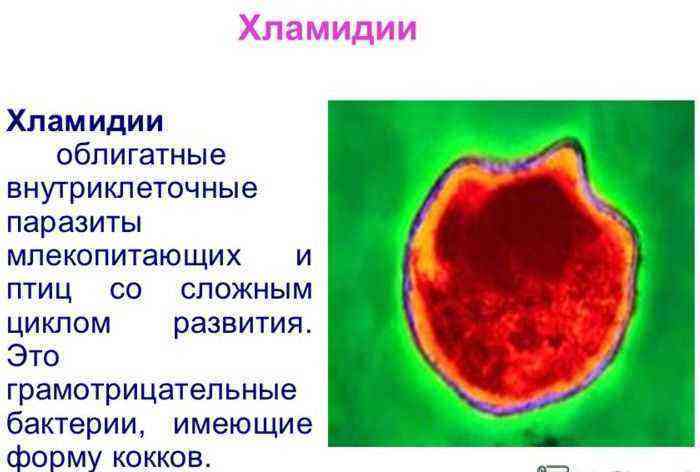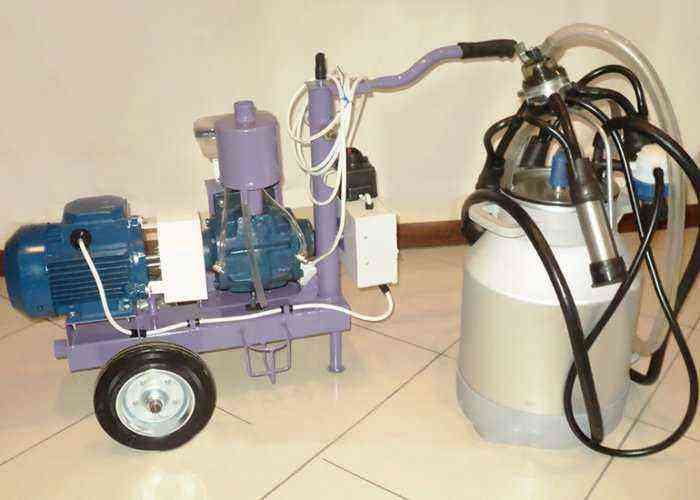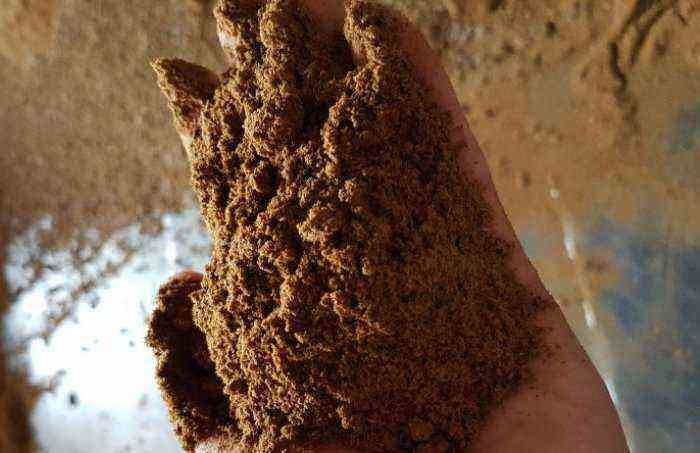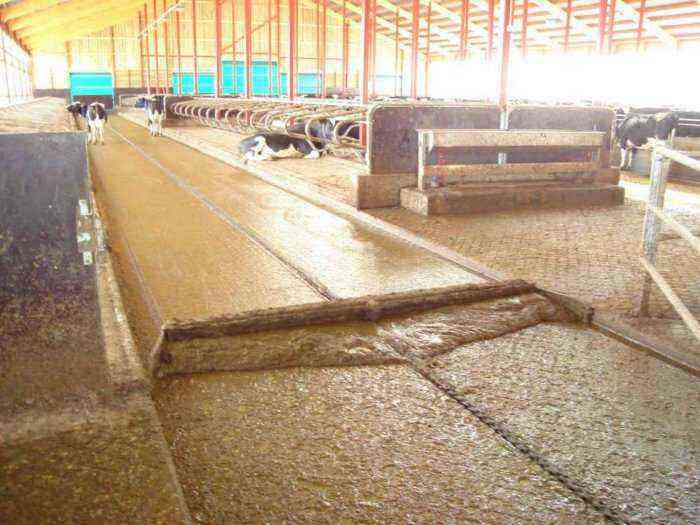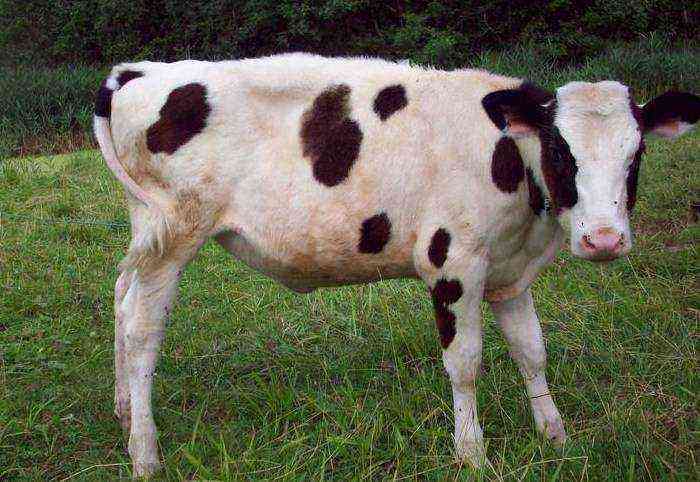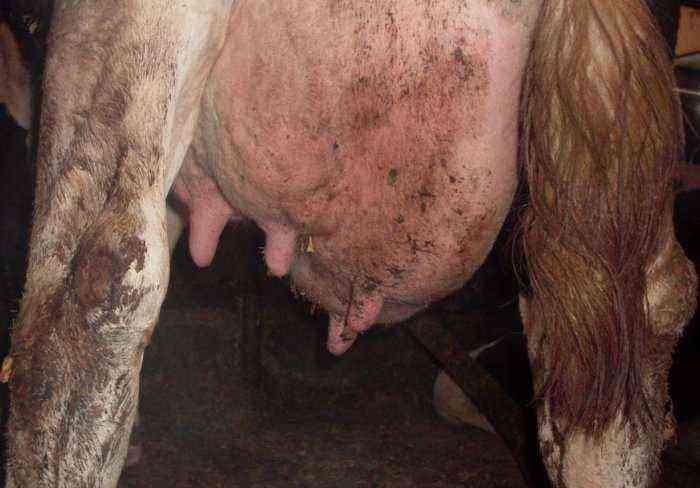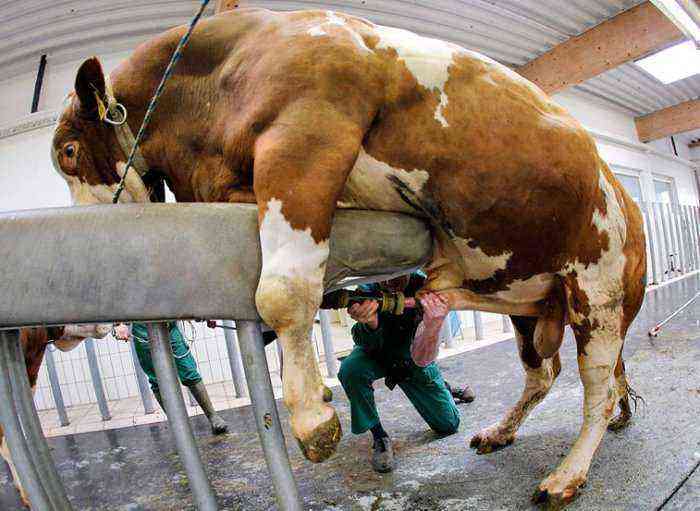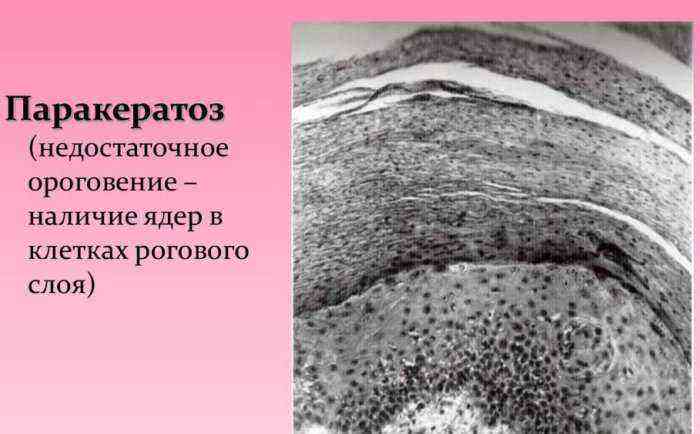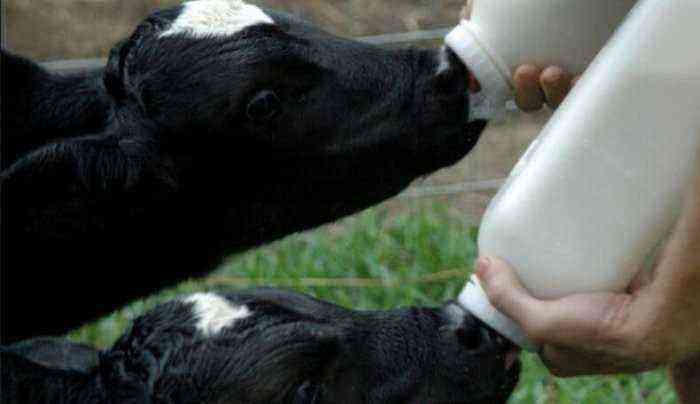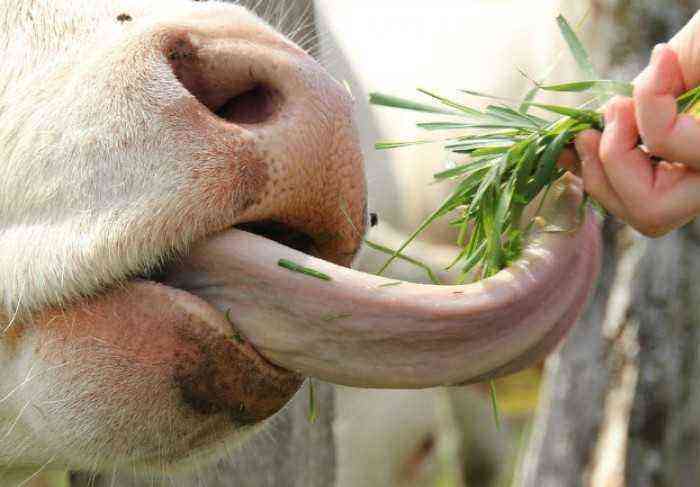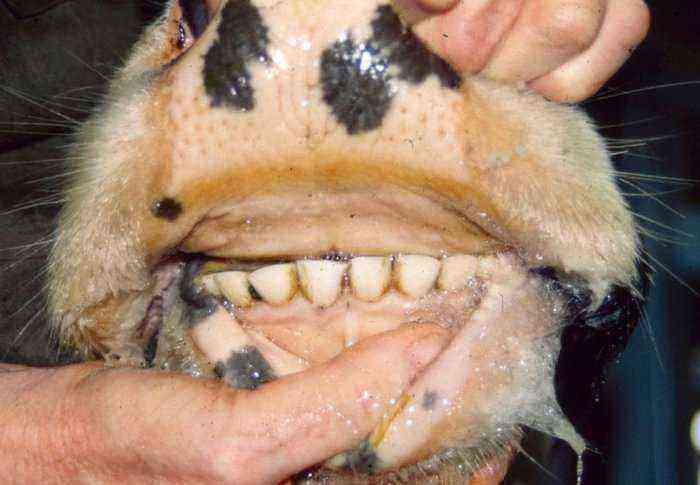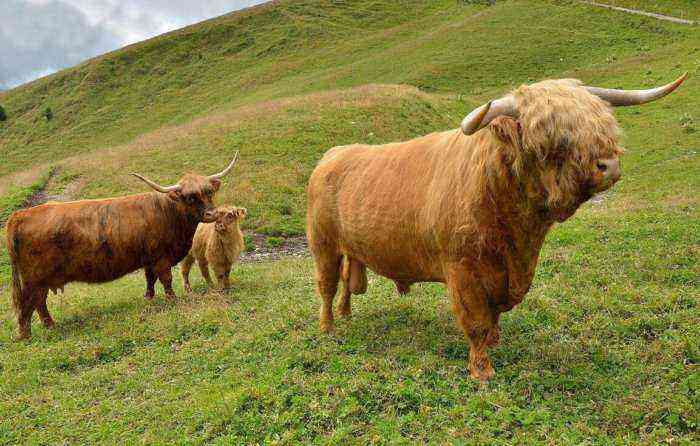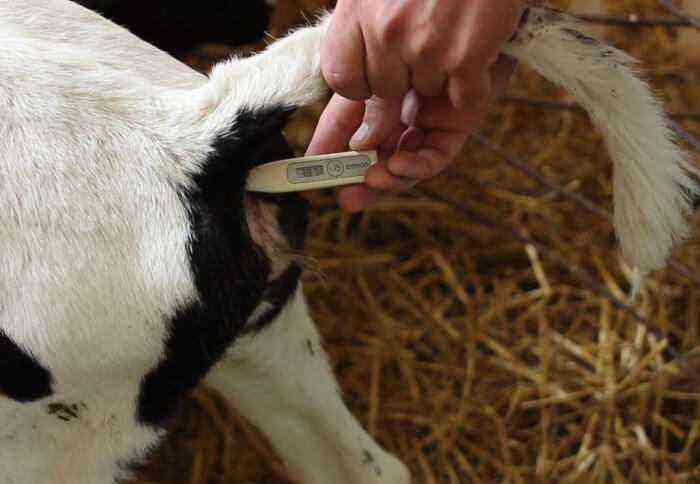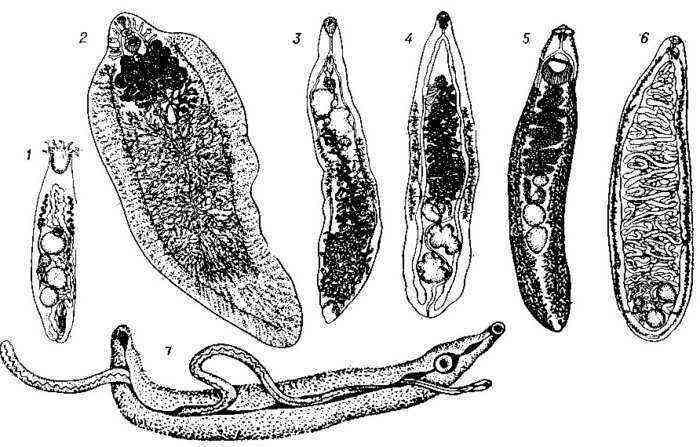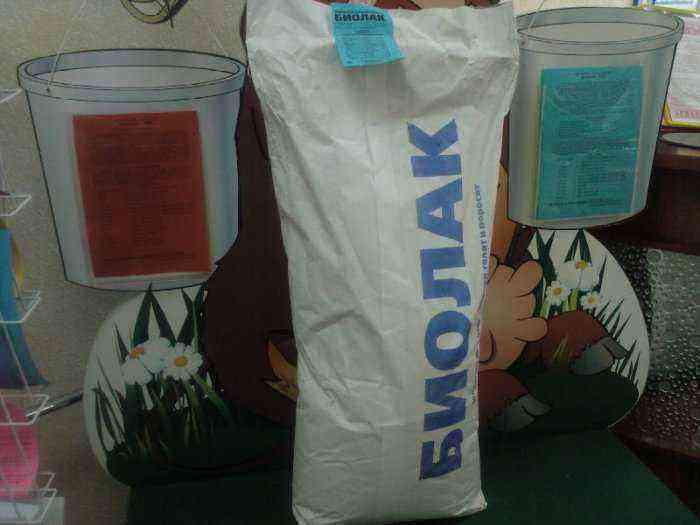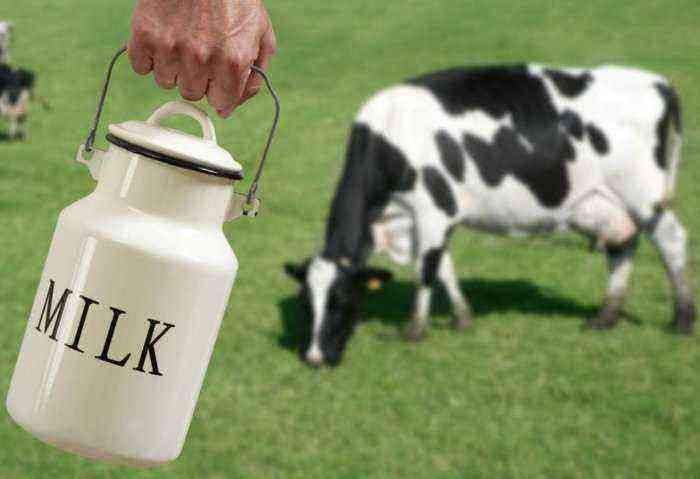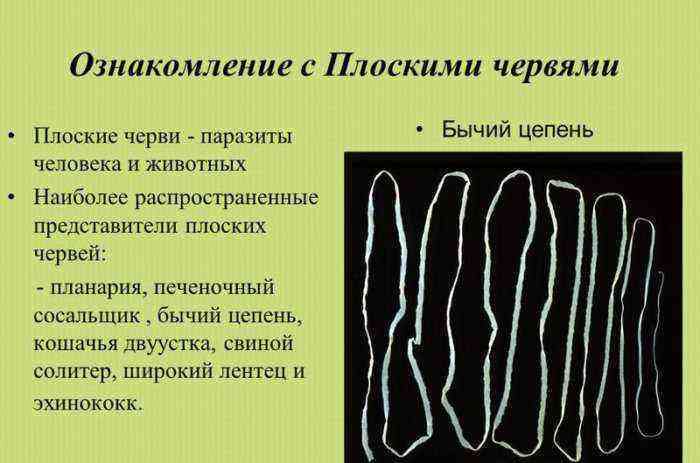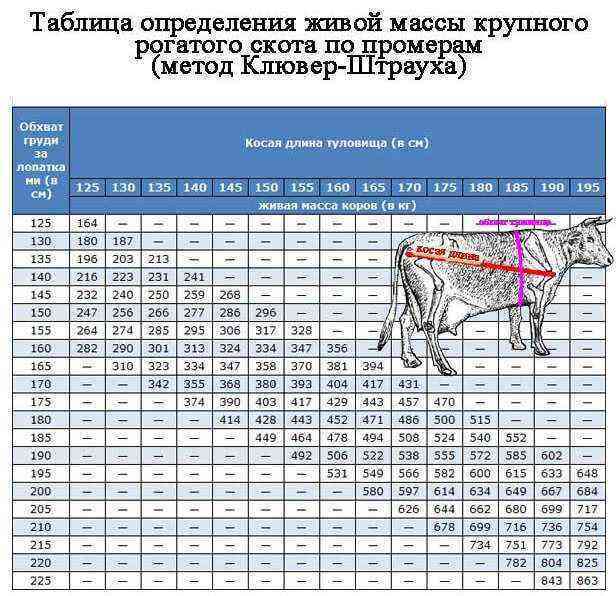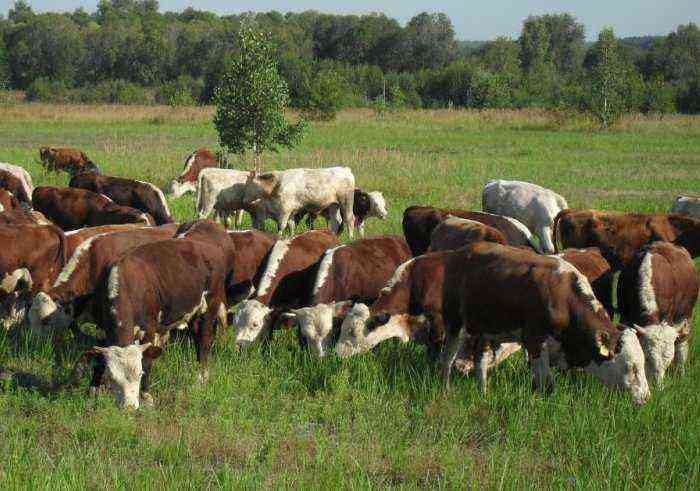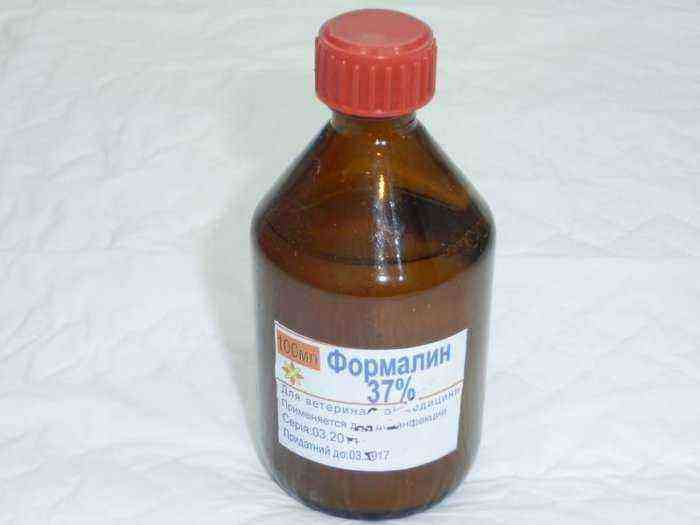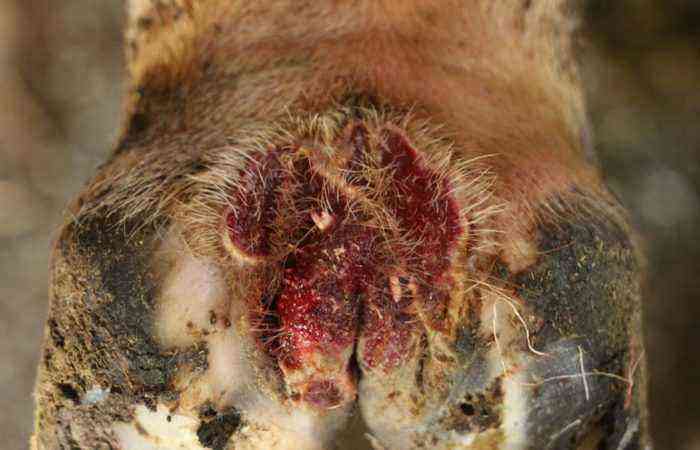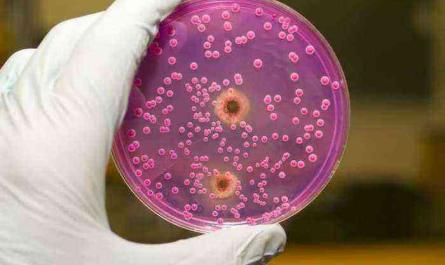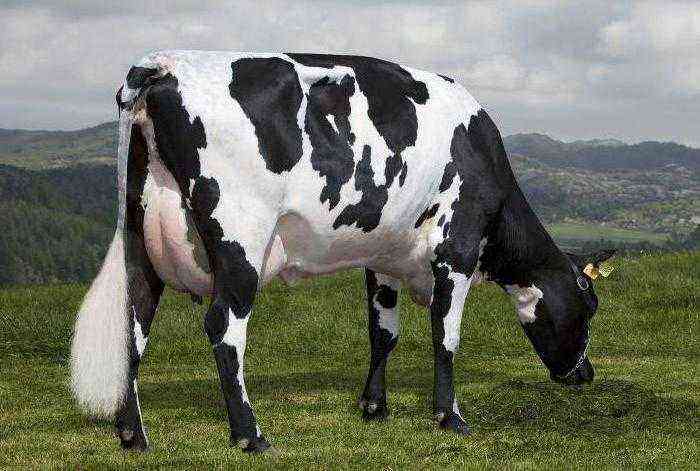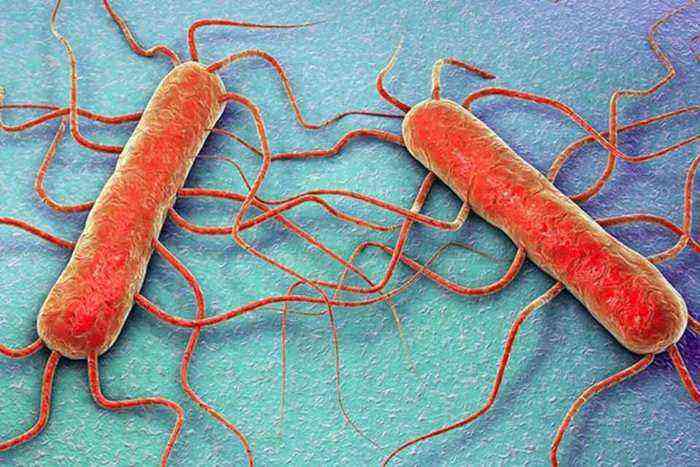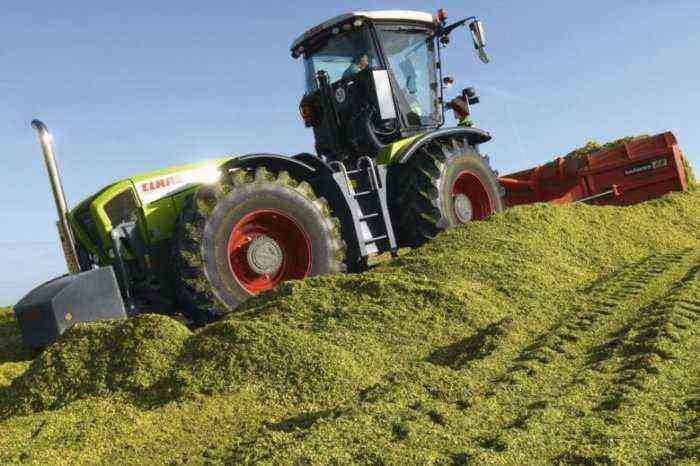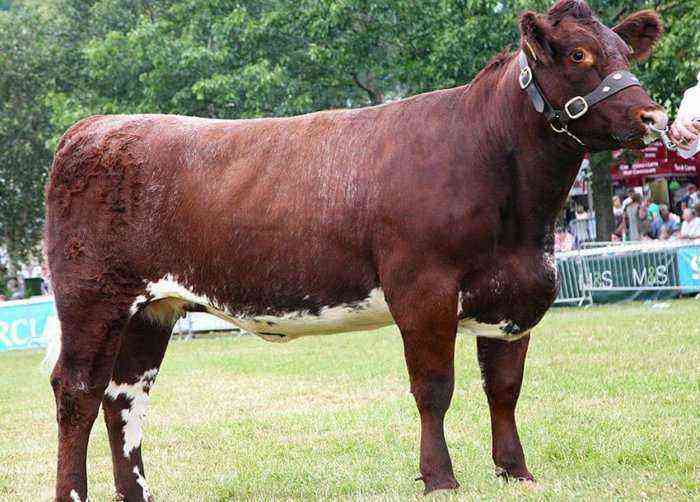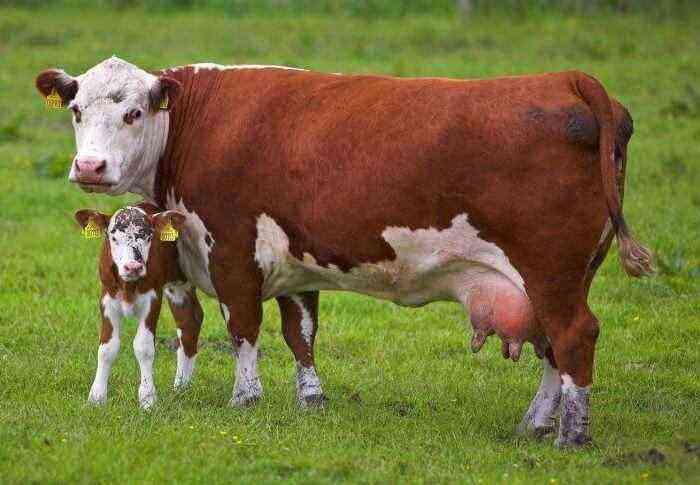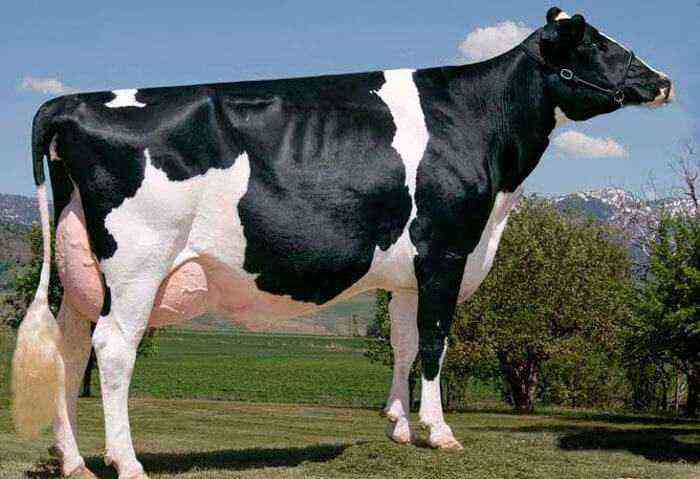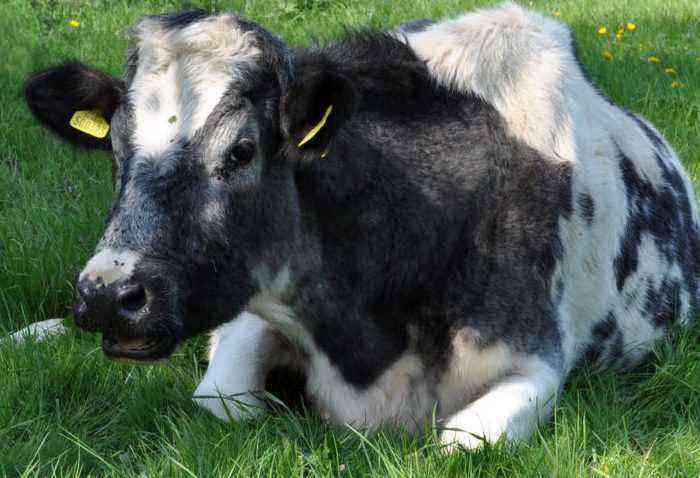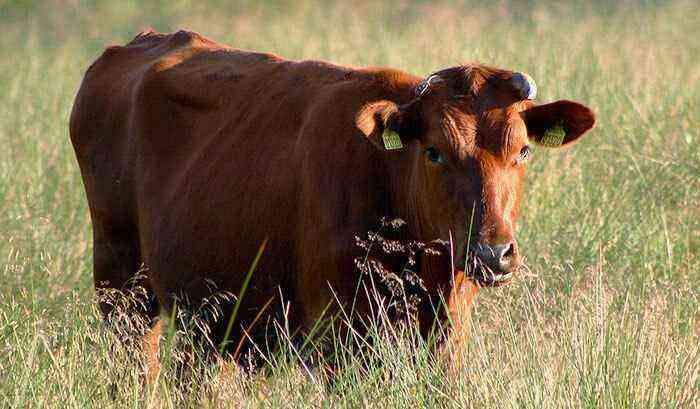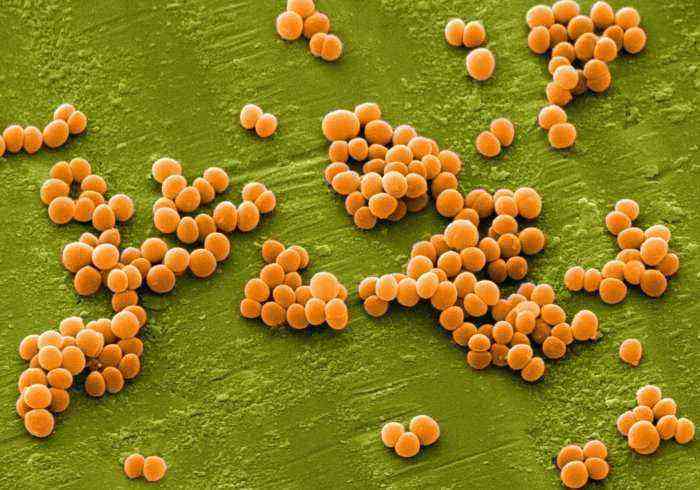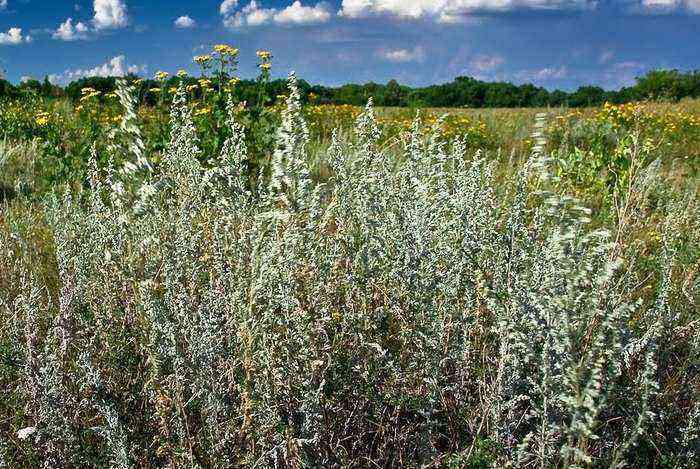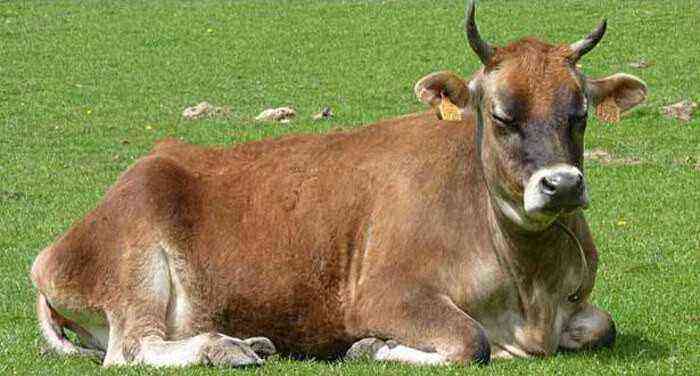In the period after calving, cows sometimes develop mastitis. This disease has many forms, but each of them is dangerous for cows. One of the varieties is hemorrhagic mastitis in cows. It usually occurs against the background of other forms of udder disease. It is important for farmers to know how this type of mastitis manifests itself, why it is dangerous and how to treat it.
Healthy cow udder
What is hemorrhagic mastitis in cows?
Hemorrhagic mastitis is an acute inflammation of the udder. It is characterized by a sharp increase in the permeability of the vascular walls, due to which blood seeps into the tissues of the udder, alveoli and milk ducts. Such a disease usually develops in the period after calving, and other forms of mastitis, catarrhal or serous, often act as its predecessors.
The course of the disease begins abruptly, in the first days after calving.. The inflammatory process covers a significant part of the mammary gland – half or the entire organ. At the same time, the udder swells, becomes hot, purple spots appear on the skin, while the cow feels great anxiety due to pain. The inflammatory process is accompanied by an increase in temperature.
Causes
Since this type of mastitis is a complicated form of catarrhal or serous inflammation of the udder, the main reason for its occurrence is ineffective treatment of the udder or its absence. Inflammation of the milk cistern, not detected in time, gradually acquires new forms of damage. Consider the factors that lead to the development of hemorrhagic mastitis:
- Decreased immunity in cows.
- Poor udder hygiene.
- Incorrect milking technique.
- Injuries and microtraumas of the udder (cracks in the nipples, punctures, abrasions).
- Keeping a cow on a cold floor, a draft.
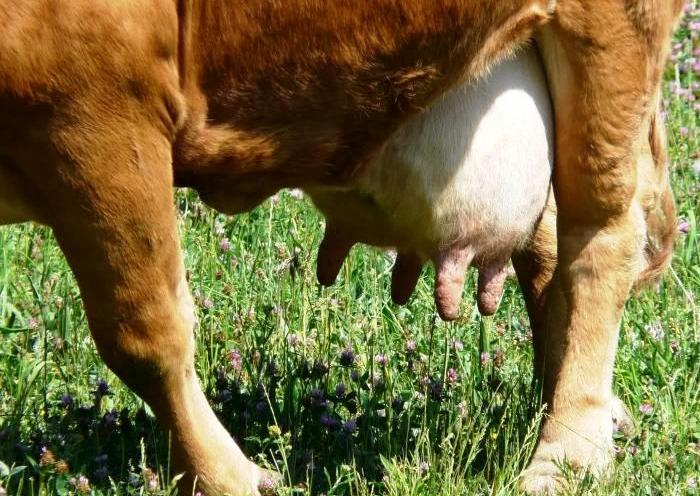
Injuries and microtraumas of the udder
Symptoms of hemorrhagic mastitis
Shortly after calving, the farmer may detect the following symptoms of the disease in a cow:
- The udder is edematous, painful, hot, the nipples of the inflamed lobe are swollen.
- The milk is watery with flakes, colored pink or red.
- Half of the milk tank or the entire gland is affected.
- There are dark red spots on the skin of the udder.
- The animal looks dejected, lethargic.
- Appetite disappears, chewing gum is missing.
- Body temperature rises to 40,5-41 degrees.
- Quite often the activity of the fore-stomachs stops.
- Breathing quickened.
- The heart rate is accelerated.
- It is possible to express milk from the healthy part of the milk tank, but the milk yield is significantly reduced.
Attention! A characteristic sign of hemorrhagic mastitis is that the mucous membranes acquire a yellow tint. This is due to the loss of a significant part of the red blood cells. However, such a symptom appears in individual individuals.
Diagnostics
The diagnosis of hemorrhagic mastitis is made on the basis of an examination of the udder and an assessment of the general condition of the individual. To determine the causative agent of the disease, milk samples are taken. The prognosis is usually good if the inflammation has only affected the udder and has not spread to other organs. The animal, with proper treatment, recovers within 10 days.
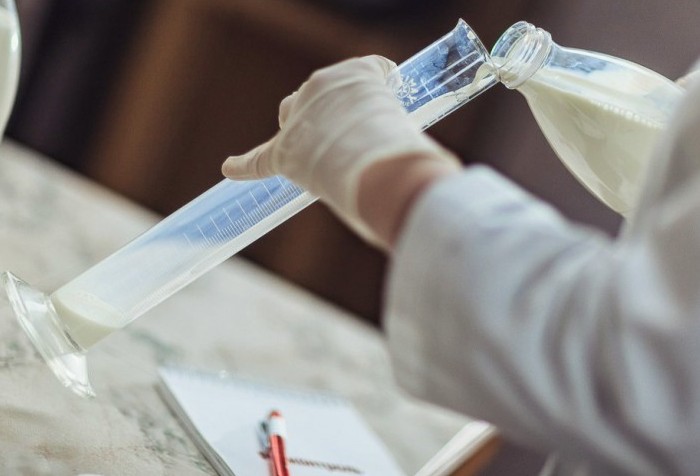
milk samples
Treatment
Therapy includes:
- Ensuring normal conditions of detention.
- Expression of milk, massage, udder hygiene.
- The use of antibiotics (tetracycline, streptomycin) intramuscularly or intravenously and locally with a catheter.
- Rubbing ointments that relieve inflammation.
- Compresses, poultices.
A sick cow must be transferred to a stall. There, good conditions should be organized for her – soft bedding, optimal air humidity, no draft. In the first days after the start of treatment, the cow should not be offered juicy food and plentiful drink, as this contributes to the intensive production of milk.
Pumping is done regularly by hand – every 3-4 hours. After 2 days, you can start massaging the milk tank, the purpose of which is to eliminate nodular seals. Ointments are rubbed into the mammary gland – ichthyol, salicylic, camphor, they help stimulate blood circulation, warm up and relieve inflammation in the affected lobe.
Attention! Until the removal of acute inflammation, it is unacceptable to massage the udder.
Intramuscular or intravenous administration of antibiotics allows you to destroy the causative agent of the disease – streptococci, staphylococci, E. coli or others. What kind of infection has invaded the udder will be clarified after a laboratory study of milk samples.
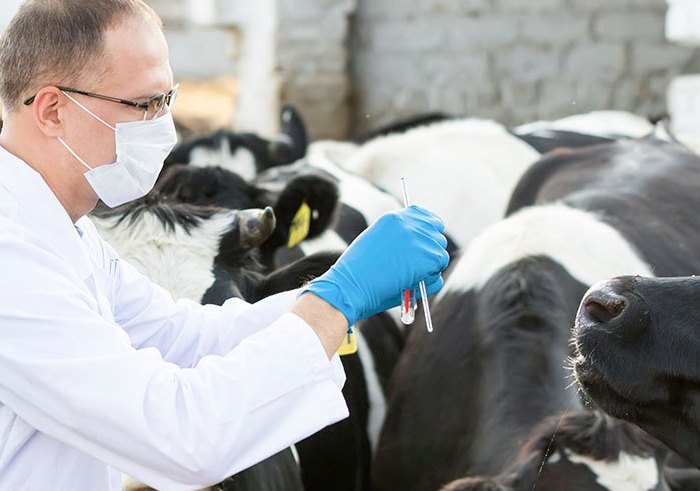
Intramuscular or intravenous administration of antibiotics
A good result is achieved with the introduction of antibiotics of the penicillin series with novocaine into the milk ducts using a boat. This procedure is carried out only after milking. Local therapy includes measures aimed at thinning the formed blood clots that clog the milk ducts. They must be washed out either with a weak saline solution (3% concentration) or with a pepsin solution (5%). 4-5 procedures are enough for the entire course of treatment.
preventive measures
It will be possible to avoid the development of hemorrhagic mastitis if the following preventive measures are observed:
- It is necessary to diagnose the udder in a timely manner – always inspect it for microcracks on the teats, bruises, scratches.
- Observe the hygiene of the mammary gland – you need to milk the cow with clean hands, before decanting and after it, the gland should be washed with warm water and wiped with a clean towel.
- Keep the animal in proper conditions – clean and warm.
- Follow the rules of milking with a preliminary massage of the udder.
- If seals are found in the milk tank, as well as changes in the consistency of milk, timely start treatment of mastitis in order to avoid complications.
Hemorrhagic mastitis in a cow is a dangerous condition that requires immediate intervention and proper therapy. If blood is found in the milk, and red spots and edema are found on the udder, you should immediately contact the veterinary service. Treatment should be started as soon as possible. In its absence, the risk of developing necrosis and sepsis is high, which will lead to the death of the cow.
